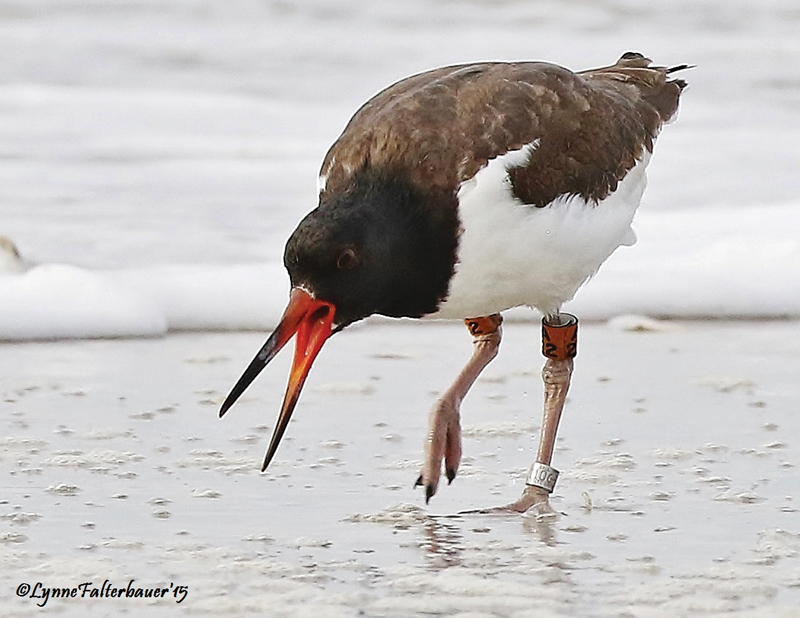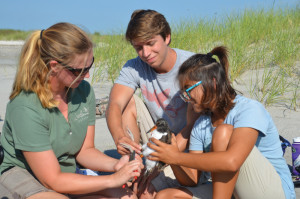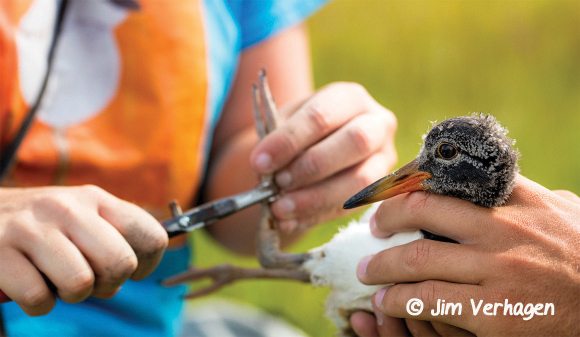
 Bands are readable with binoculars or cameras and are used so that researchers across the bird’s range can understand its movements and survival. A22, as a young bird, will likely winter in the southern United States. In fact, another chick we banded at Stone Harbor Point this summer was already spotted in late September in Florida. Hopefully, in a couple years, these birds will return and make Stone Harbor their home for the breeding season.
Bands are readable with binoculars or cameras and are used so that researchers across the bird’s range can understand its movements and survival. A22, as a young bird, will likely winter in the southern United States. In fact, another chick we banded at Stone Harbor Point this summer was already spotted in late September in Florida. Hopefully, in a couple years, these birds will return and make Stone Harbor their home for the breeding season.
Increasing the number of banded birds will also help us to solve the confusing puzzle of who is who of our resident nesting birds. Our banding efforts were aided by support from NJ Audubon and Conserve Wildlife Foundation of NJ. Next time you are on Stone Harbor Point, be sure to look for banded oystercatchers! To learn more about these fascinating creatures, or to report any banded birds you see, please visit the American Oystercatcher Working Group page – www.amoywg.org

